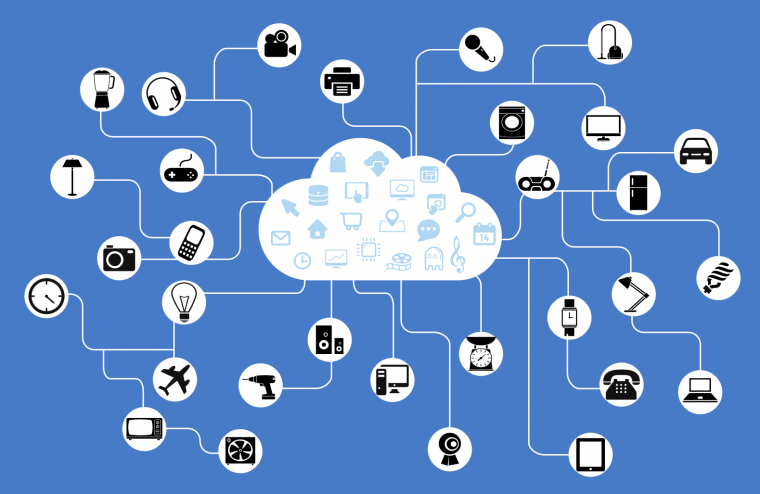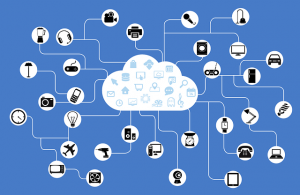
This summer, the city of Columbus, Ohio, took home the top prize in the U.S. Department of Transportation’s Smart City Challenge – up to $40 million in grant funding. The federal government’s objective was to encourage cities throughout the U.S. to actively plan and implement improvements to mobility, safety and sustainability through the use of advanced technologies.
Smart Cities, a trend that is sweeping the nation, encompasses many types of technology but almost all smart city initiatives are dependent on Internet of Things (IoT) technologies. To clarify, the IoT is a concept that includes technology that connects two or more distant devices for the purpose of gathering, sharing and analyzing data through the use of a singular data management tool. To understand it a bit better, think of collecting data from various locations, storing it and then combining it for analysis.
 For example, to improve safety, numerous Smart City challengers hoped to use the grant funding to reduce traffic congestion. They proposed enhancing public safety by implementing video camera surveillance along with sensor technology. Both would capture data, store it and allow city officials to better understand and make decisions about public safety.
For example, to improve safety, numerous Smart City challengers hoped to use the grant funding to reduce traffic congestion. They proposed enhancing public safety by implementing video camera surveillance along with sensor technology. Both would capture data, store it and allow city officials to better understand and make decisions about public safety.
Some cities, including Pittsburgh, are involved in pilot programs which collect vehicle counts through sensors and combine the results with other data to allow for analysis. Public officials can then make better transportation decisions related to traffic congestion. Innovation and creativity are critical components of the IoT.
The city of Denver uses IoT technology for data-gathering that allows police officers to react quicker to live shooter threats. Using gunshot recognition technology and other stored data, city officials and police are able to triangulate exact locations when there is a shooting. Since its inception, the city says it can point to more than 400 incidents of recorded gunshot notifications that saved lives.
All IoT solutions are good but it is important to keep in mind that the concept involves data collection, so there is a corresponding need for data storage. As IoT projects increase, many significant changes will result.
Consider this – according to a study by Govini, a government spending analysis platform, the federal government invested $8.8 billion in IoT technology last year. Sensor technology alone totaled $1.6 billion in the 2015 fiscal year.
A recent estimate from the market research firm IHS Markit is staggering. The firm estimates that by 2020, 40 percent of all computers and machines will communicate with each other. And, even more startling is the estimate that by 2020, surveillance technologies will generate more than 850 petabytes of data worldwide. To understand what this means, it is necessary to know that 50 petabytes (a unit of measurement for digital memory) is equivalent to the entire written works of mankind in all languages, from the beginning of recorded history.
Demand for data storage is going to be huge. Governmental entities are already trying to accommodate data, implement new storage strategies and improve existing networks. The issue, however, is not limited to data. There are also requirements to manage and secure it.
New IoT technologies that offer great solutions through data analysis will eventually threaten government systems. One projection is that within 20 years, local governments worldwide will spend more than $40 trillion in infrastructure upgrades just to allow for IoT technology implementation.
Changes? Absolutely. It is very important to understand the IoT.
